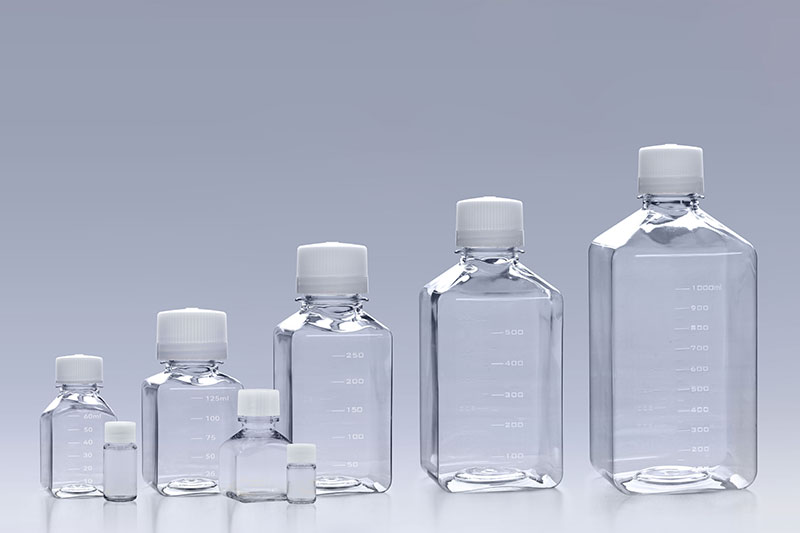How to Aliquot Fetal Bovine Serum into PETG Media Bottles
Serum is a nutrient required for cell growth, among which fetal bovine serum is of better quality. This is because fetal cows have not been in contact with the outside world, and the serum contains few antibodies and complements that are harmful to cells. When using serum, we often have to divide the serum into PETG media bottles. How to divide it?
Fetal bovine serum is a slightly viscous liquid with light yellow and clear appearance, no hemolysis, and no foreign matter. Because of its special use, it is easy to introduce various sources of pollution if you do not pay attention during the packaging process. Contaminated serum is used for cell culture It will affect the normal growth of cells. Therefore, when subpackaging fetal bovine serum, you must follow the prescribed steps:
Inactivation: water bath, 56°C, 30 minutes, and shake evenly at any time. Take it out, put it on ice immediately, and let it cool down to room temperature naturally (about 1-3 hours). During the heat inactivation process, proper shaking at regular intervals can reduce the occurrence of precipitation.
Aseptic subpackaging: Transfer to the sterile room, put the serum into 50-100ml media bottles in the ultra-clean bench, seal, and store at -20°C for later use. Pay attention when dispensing: ① shake the serum gently for several weeks in advance and mix well; ② pay attention when blowing out the serum with a pipette: ③ do not blow out air bubbles, the serum is very viscous and it is easy to produce air bubbles. If bubbles form, run over the flame of an alcohol lamp.
The above are the specific steps and precautions for dispensing fetal bovine serum into PETG media bottles. In addition, the staff must do their own disinfection work during operation to avoid contamination of the serum due to improper operation.
 PETG Media Bottles
PETG Media Bottles
评论
发表评论